Why we ran it: To find out how much closer to GTI territory Renault Sport has moved its Mégane hot hatch and whether the cheapest one may also be the sweetest
Month 4 - Month 3 - Month 2 - Month 1 - Prices and specs
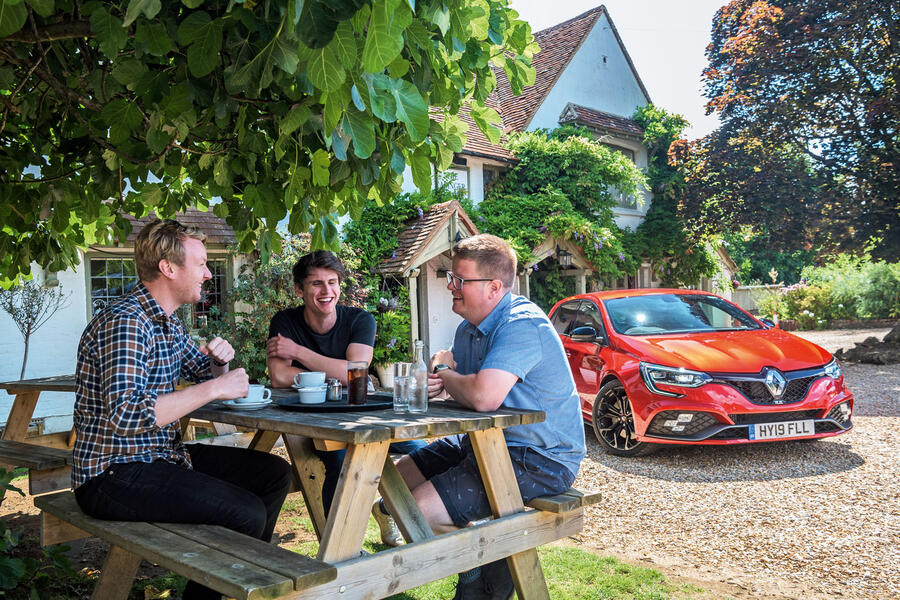
Life with a Megane RS: Month 4
Did it slot into everyday life seamlessly yet deliver B-road fun? Here’s our final verdict - 8th January 2020
If there’s ever a good time to wave goodbye to a well-worn and thoroughly well-exercised hot hatchback like our Renault Mégane RS, it’s probably here and now.
January’s pretty cruel on any fast front-driver, let alone one that’s had most of the tread happily scrubbed from its front tyres. Thankfully, it’s not at all hard to remember happier, warmer times in it.
Our 5500-mile ownership experiment with Renault’s current hot Mégane is at an end and it certainly feels like a great shame for more than the obvious reason: because, as much as we’ve learned and enjoyed since August, there would be more still to come with a fresh set of tyres and a tilt at running this car up to its first annual service. Sadly, the Autocar road test desk doesn’t decide these things; and so, having visited Santa Pod, Brands Hatch and Anglesey Circuit in it, and pounded a whole heap of the UK motorway network, its time has come.
If we did complete a full year in the car, though, I’d wager it’d be going just as strong when we finally called time as it is now. Say what you like about Renaults – and we all know what’s said – unlike other current Méganes that have been the subject of correspondence with Autocar these past few months, ours has negotiated its long-term test without a single fault, glitch or hiccup.
It has often been depended on for long early morning and late evening commutes and, in coming to slip into a surprisingly comfortable and pretty unobtrusive groove on them, has shown that the current Mégane RS can certainly approach Golf GTI-rivalling roundedness and usability in some ways.
If you get the suspension configuration right and learn how to set up its driving modes, the car rides with much more suppleness than on Renault Sport’s Cup settings. I’ll admit that I dreaded the prospect of the everyday use of a firmer-suspended Mégane RS initially, but the dynamic eventuality of ours has been perfectly pleasant. A Cup chassis car would certainly be better for track days, and I can think of a few hot hatchbacks with suspension better tuned for fast road driving.

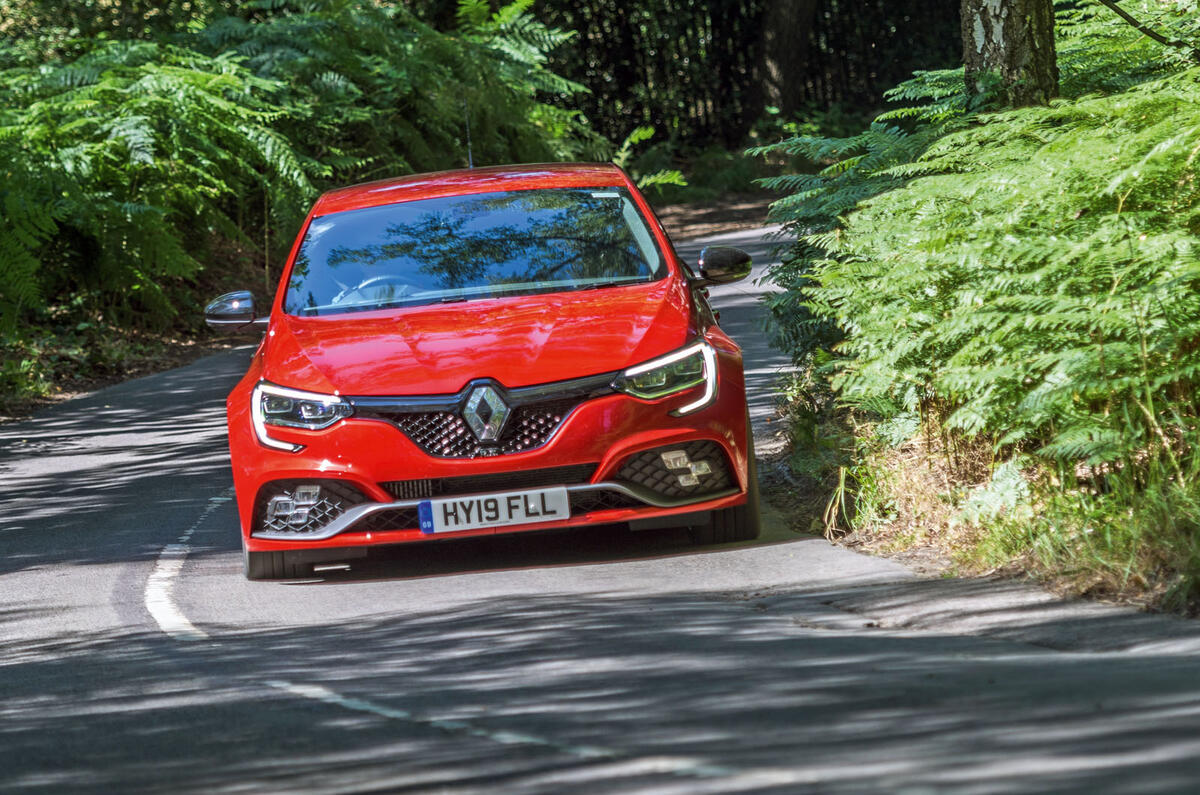
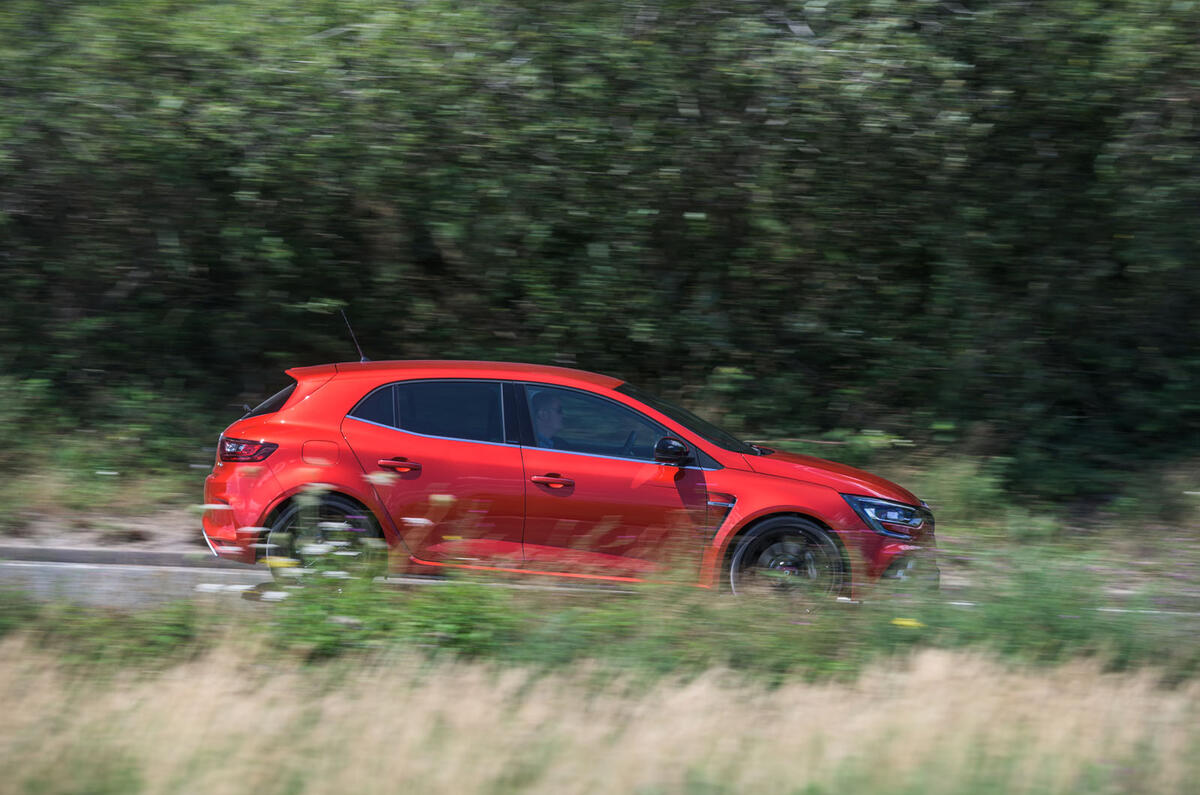
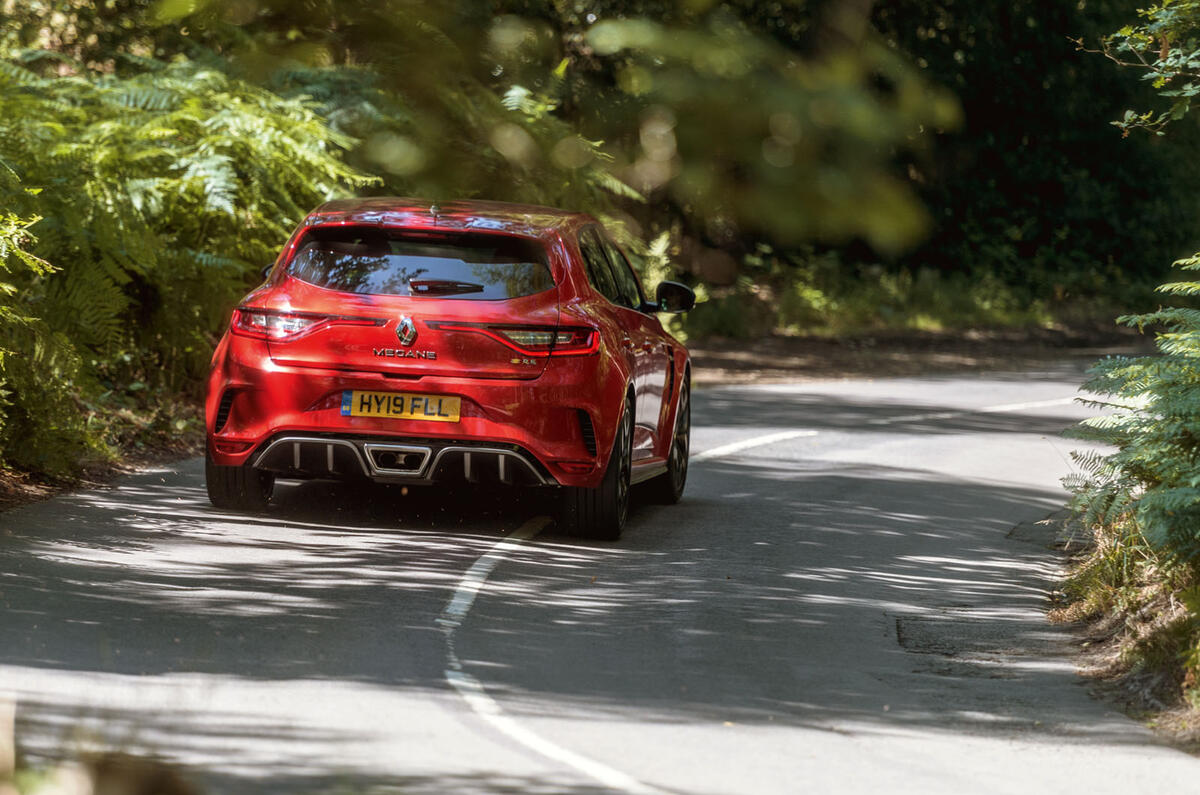



















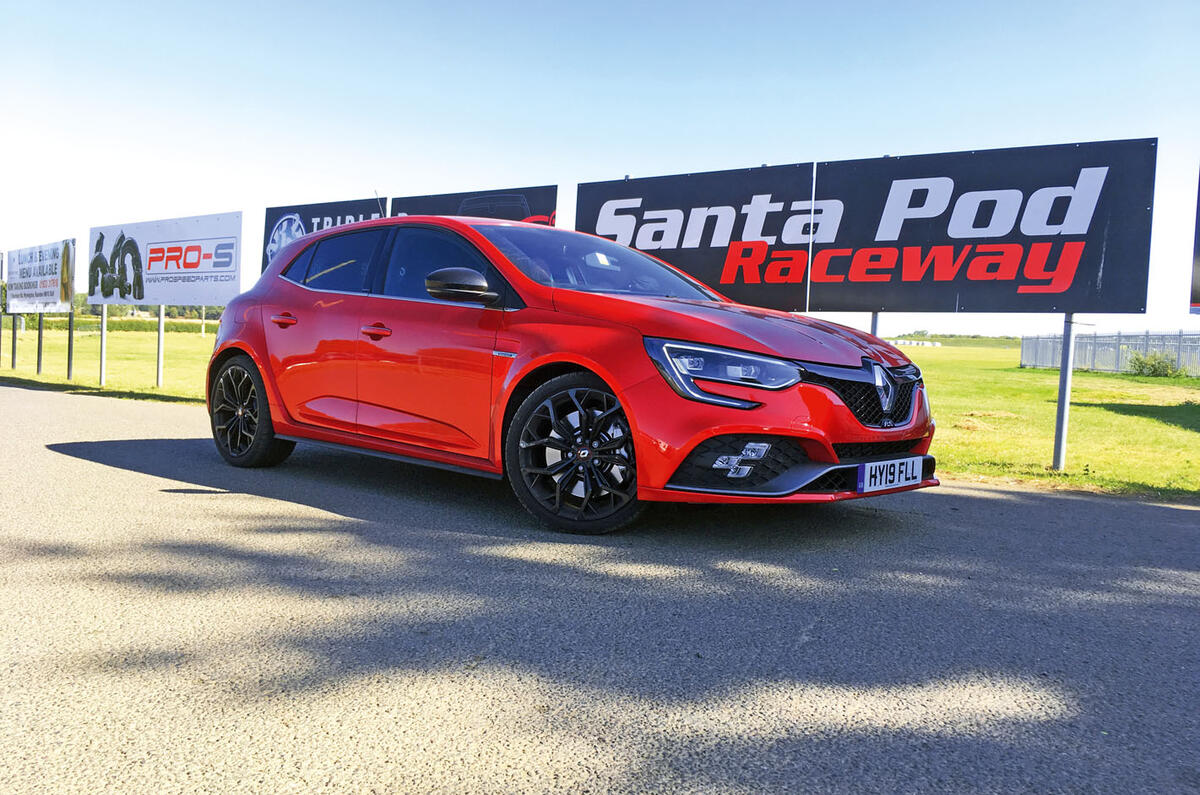







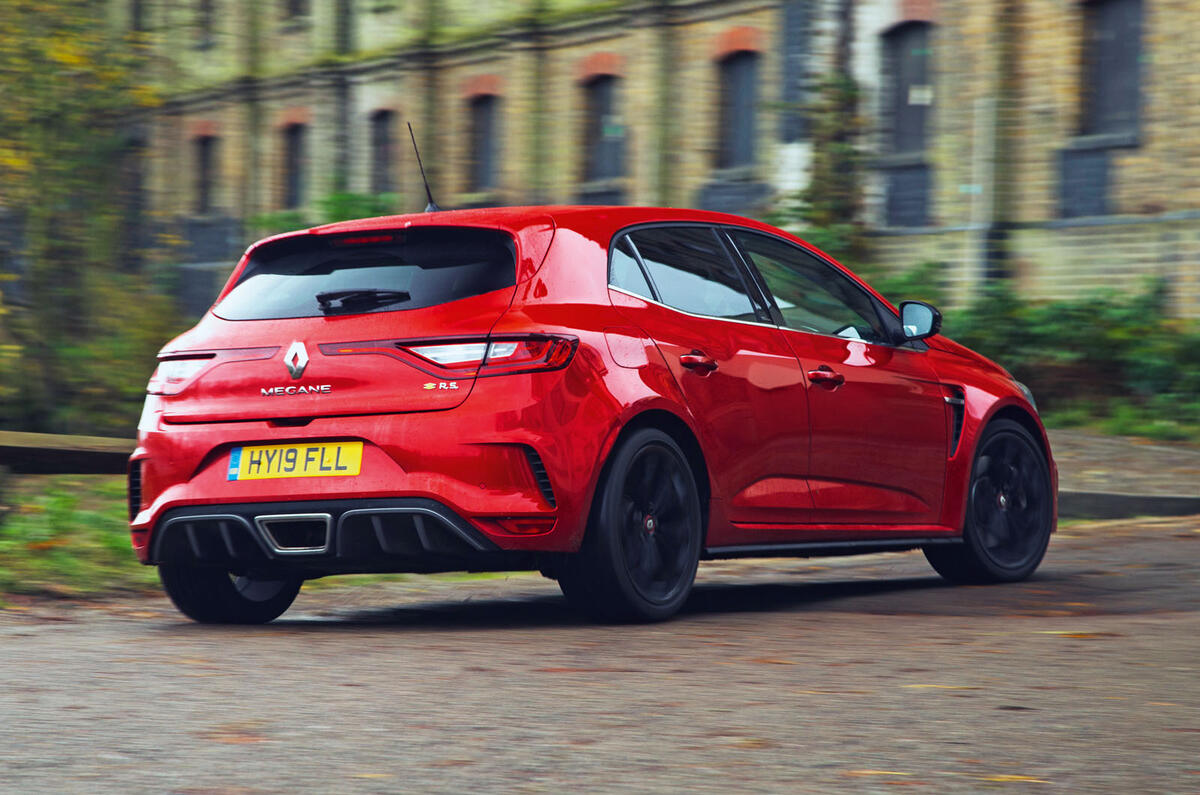

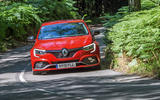












































Join the debate
Add your comment
It was going so well....
...but you had to mention the VW mk2 golf as some sort of handling benchmark in the article and I cannot think why, it was not that good, I seem to remember the R5 turbo beating it when it came to a cross country blast, not even the Peugeot 205 could stay with the Renault 5 cross country.
Forgiven
For all the remote locking issues you gotta love this manual, sub 6.0 to 60, sub £28k very hot hatch. Afterall a 1.0 bog standard Focus starts at nearly £21k